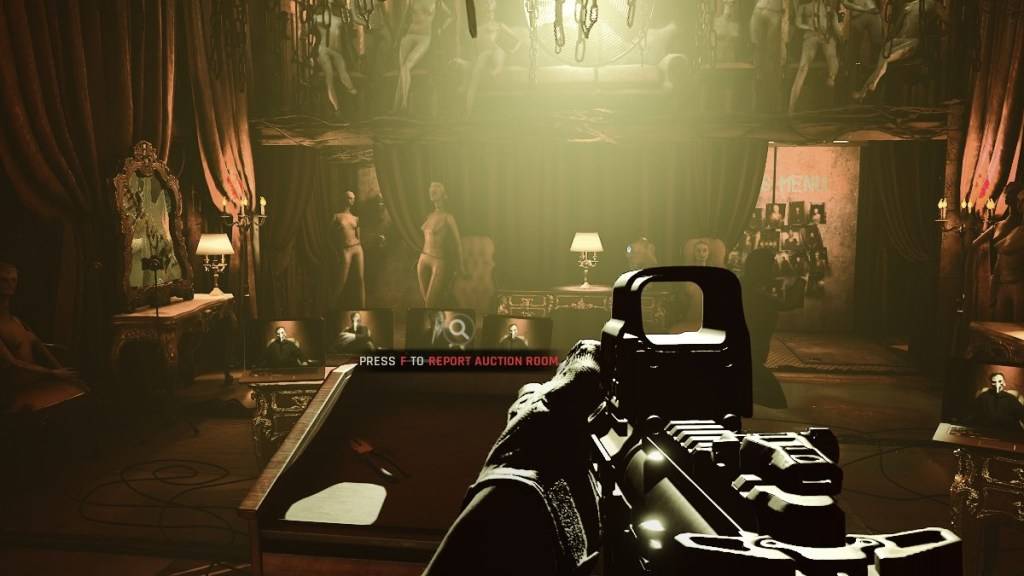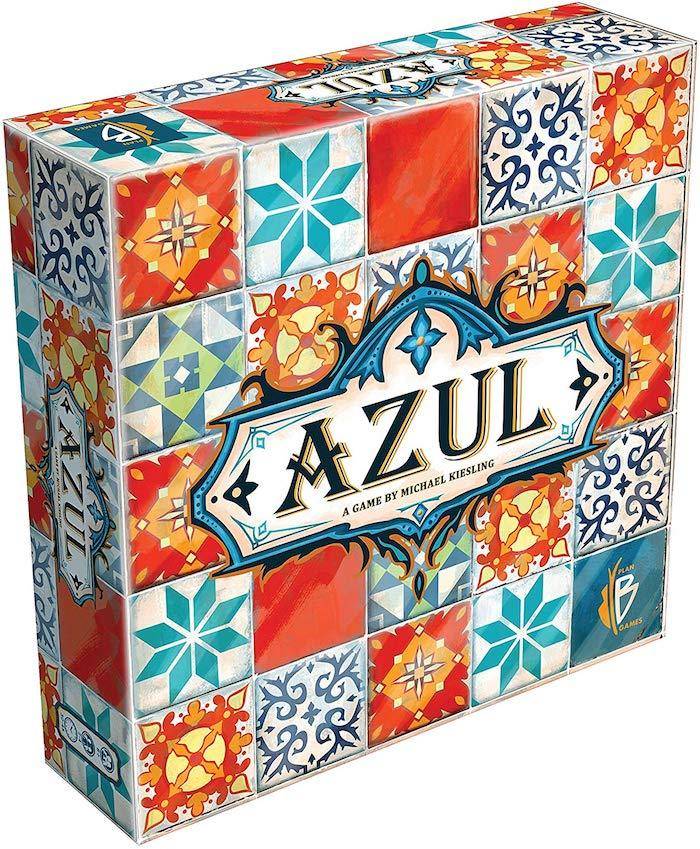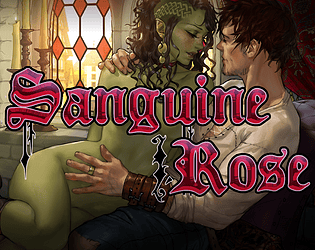Every modern game offers DirectX 11 and 12 options, including Ready or Not. For non-tech-savvy players, this choice can be confusing. While DirectX 12 promises better performance, DirectX 11 remains more stable. So which should you pick?
DirectX 11 vs DirectX 12 Explained
In simple terms, both DirectX versions act as communication bridges between your computer and games, helping your GPU render visuals.
DirectX 11 is the older, simpler standard that's easier for developers to implement. However, it doesn't fully utilize your system's CPU and GPU capabilities. Its popularity stems from being more developer-friendly.
DirectX 12 is newer and more efficient, better utilizing hardware resources while offering developers more optimization opportunities. The trade-off is greater complexity - developers must work harder to realize its full benefits.
Which Version Works Best for Ready or Not?

The decision depends on your system:
Modern PCs: Choose DirectX 12 if you have current hardware with good DX12 support. It distributes workloads across CPU cores better, potentially boosting frame rates, smoothing gameplay, and sometimes improving visuals.
Older PCs: Stick with DirectX 11 for stability. While DX12 offers performance gains, older systems may experience issues running it.
How to Change Rendering Modes
The game prompts you to choose DX11 or DX12 at launch via Steam. Simply select your preferred option:
Missing the prompt? Right-click Ready or Not in your Steam library > Properties > General tab > Launch Options dropdown.
Ready or Not is currently available exclusively for PC.
















